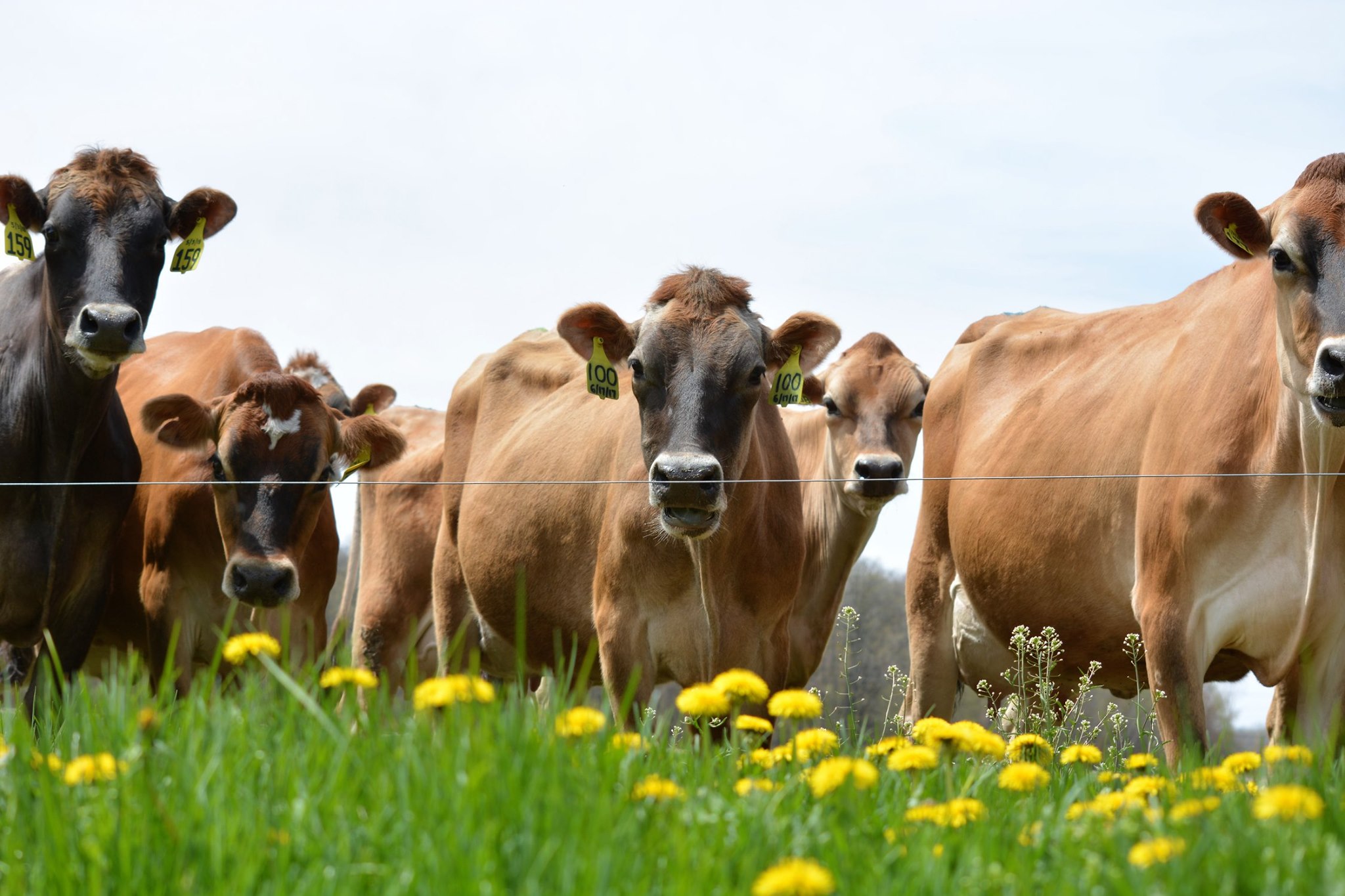Fostering a Healthier Future with Regenerative Practices

As the snow begins to melt and the smell of springtime fills the air here in Michigan, dairy farmers in our communities are rolling up barn curtains and preparing their fields to be planted again.
While the season usually brings a focus on the health of our planet, Michigan’s nearly 1,200 dairy farm families are committed to a holistic approach to sustainable farming year-round. This approach is known as regenerative agriculture. It incorporates practices that restore natural ecosystems, nurture a diversity of species and ensure animals receive the best care.
Dairy farmers are fellow neighbors who want to leave their community and this Earth better for future generations. It is in their best interest to give calves the best care possible, as they are the future of their milking herd. Healthy cows are also essential in the regeneration of dairy farms, producing high-quality milk that feeds people around the world.
James Weber of Weber Family Dairy in Vassar, Michigan, believes in regenerative practices including:
- Following a manure management plan
- Responsibly composting and applying nutrients to the soil
- Feeding his animals a quality diet
- Keeping surrounding water clean
“Manure on our farm is managed in a complete cycle. After using components such as straw and compost as bedding for our animals, we take the waste products to nourish the soil. The organic fertilizer helps grow more nutrient-rich feed for our cows,” said James.
Following proper spreading protocols prevents air and water contamination. Farmers make sure they apply the appropriate amount of nutrients in the correct place, during the right time of year. This includes implementing buffer zones between fields and waterways, testing the soil to apply only the nutrients it needs and keeping accurate records.
Weber Family Dairy does not stop looking for ways to further their conservation and land restoration efforts there. James added, “We continue to double our acreage of cover crops each year, in 2020 planting more acres of than every year prior combined.” Cover crops include plants like legumes and grasses that are usually planted while primary crops are not growing and help to suppress weeds.
He also aims to make his operation no-till. This means growing crops on soil that has not been disturbed through the conventional tillage practice.
These combined practices reduce soil erosion, add biomass and nutrients to the soil and makes it better able to hold water. It also holds carbon to lessen the farm’s carbon footprint.
Dairy is an environmental solution, comprised of people who strive to make environmentally conscious decisions every day on their farms. Without clean air and water, or productive land, local nutrient-rich dairy foods could not get to your table.




